COP27: How WFP is responding to the climate crisis in the Middle East and North Africa
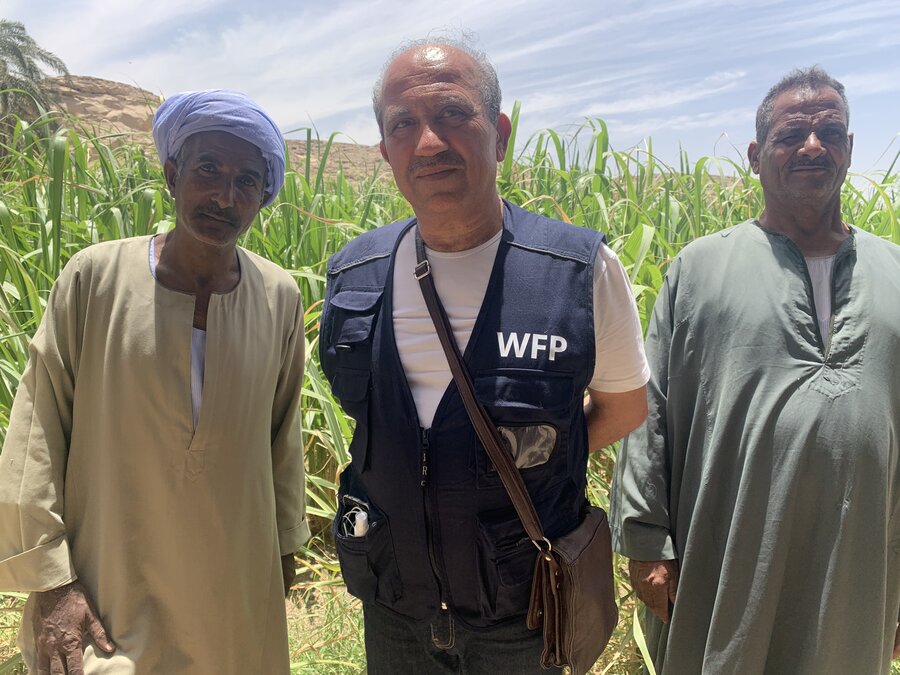
World food prices were pushed ever higher in 2022. Gains made in pursuit of ‘zero hunger’ by 2030 have in many instances been reversed in the Middle East and North Africa (MENA) region, where hunger and poverty continue to rise. One key reason for this is conflict. The knock-on effect of the Ukraine war has wreaked havoc with the flow of humanitarian assistance.
Countries such as Yemen depend heavily on the import of foods such as grain and oil from the Black Sea area. Skyrocketing prices, affecting fertilizer too, placed basic nutrition out of the reach of millions. It is against such a context that world leaders are gathered in Sharm el-Sheikh for COP27: alongside conflict, the climate crisis remains an overarching driver of hunger.
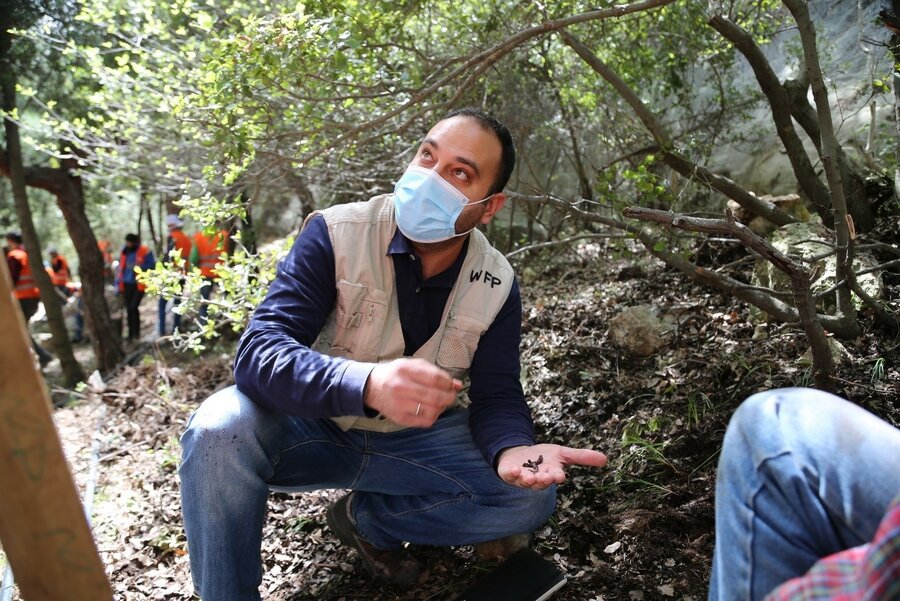
Photo: WFP/Nizar Khadder
With global heating continuing, by 2030 grain imports in countries like Egypt, Iraq, and Jordan are set to increase by 20 percent or more. Can such economies withstand the strain of having to import staple foods that are subsidized? Will food be affordable for people who are struggling now to make ends meet? Likely not, unless long-term solutions to shake up traditional agricultural practices are put in place.
The World Food Programme has been in the lead across the MENA region in helping rural communities adapt to the repercussions of a changing climate, introducing climate-smart solutions to more than 1 million people in ten countries.
Is a future where people can produce the foods they need possible – relieving governments from having to address the shortfalls of production at home? In a region that is warming twice as much as the rest of the world, it is only possible with proper climate adaptation.
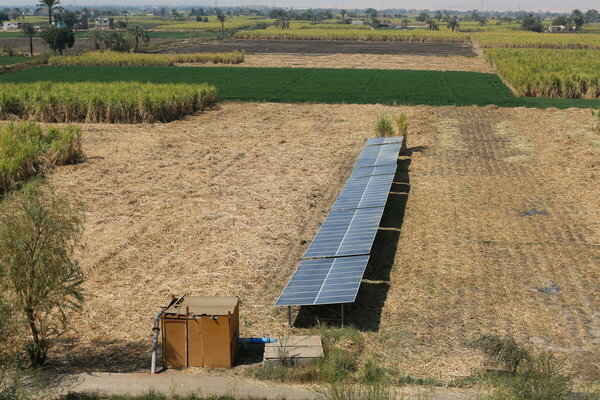
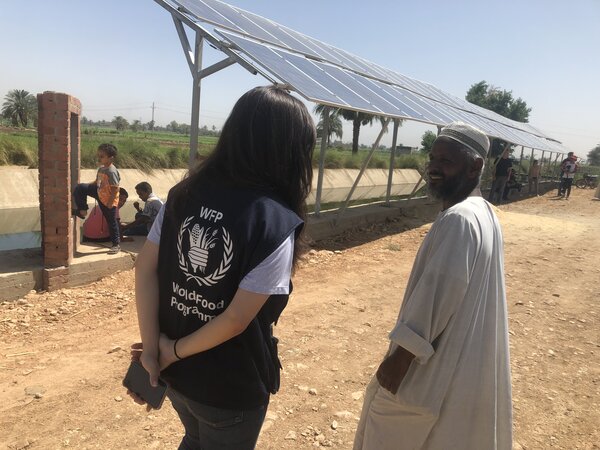
In Egypt, smallholder farmers have already been struggling with having less water than they are used to. They can no longer flood their lands with water and use old- and, indeed, ancient-world techniques. These were times of fewer people, more natural resources and an undisturbed climate.
Covered mostly in swathes of desert, the MENA region is one of the most parched in the world.
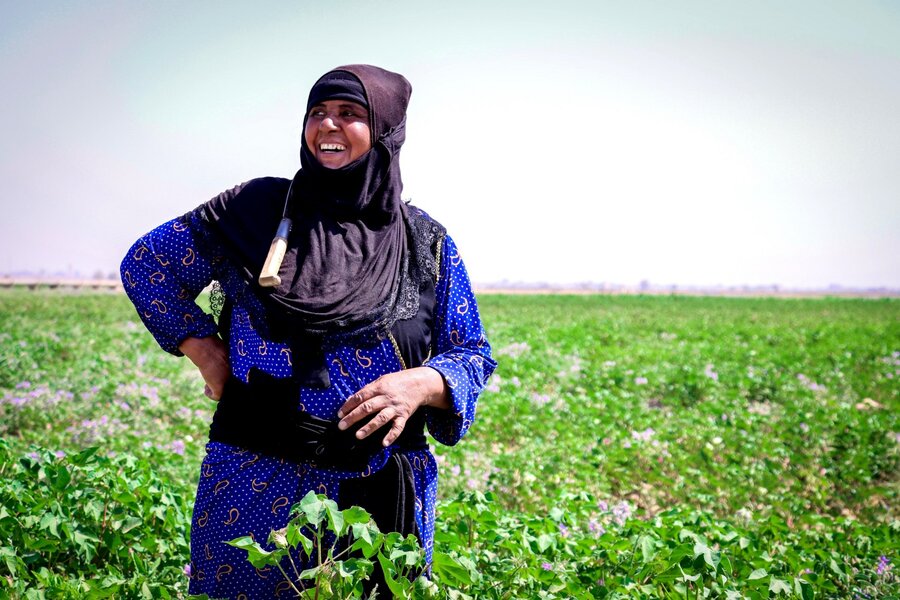
Travelling down the Nile to Luxor in Upper Egypt – where 90 percent of agriculture is based on fragmented patches of land, each less than 1 acre – WFP has touched and changed the lives of more than 350,000 farmers in more than 60 villages through a development package that targeted the entire family.
For years, smallholder farmers struggled as they lacked the knowledge and experience to deal with the new reality of a climate crisis that challenged their tried and tested farming methods, consolidating their plots.
WFP is introducing farmers in the sunny region to clean energy that saves them money, helps them use water more efficiently, and increases their yields after having struggled for years.

As one farmer in Luxor explains, “Solar energy was a game-changer… we press a button and plenty of water runs through the solar-powered water pump.” Simple as it sounds, solar power changed the lives of tens of thousands of farmers across the region.
In Iraq, Egypt, Palestine, and Libya, WFP is installing solar panels for electricity to help improve water access and reduce fuel costs for smallholder farmers. Farmers in Egypt are now saving up to 60 percent on energy costs.
In Upper Egypt, if you have 1 acre of land that generates less than US$300 a year, you can hardly afford agricultural inputs and prepare your field for the next planting season. Farmers say the land’s income is never enough to cover their family needs, let alone the inputs they need for the next planting season or even for harvesting their produce, which usually consumes half the land’s potential.

They often have to give up on spending on their children’s education, struggle to put food on their tables and lead a hard life in general, unable to afford for themselves, let alone for others.
It's widely perceived that large farms and land acquisitions generate more profit and produce more food.
WFP is accordingly working with farmers on consolidating their fragmented pieces of land. While land consolidation has a direct impact on farmers’ expenses allowing them to save on fuel and on other agricultural input, it also saves precious water and reduces carbon emissions – a direct effort towards climate mitigation. In 2022, WFP helped more than 3,000 smallholder farmers in Egypt consolidate 2,400 acres of land.
The climate crisis and a year of record hunger
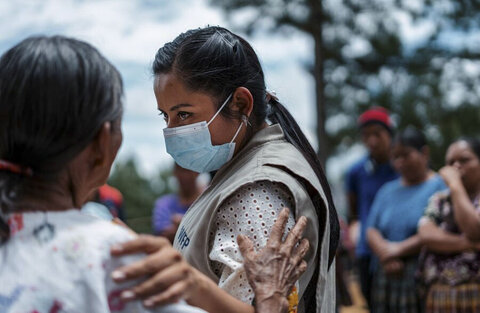
WFP climate change adaptation projects in Egypt have improved land and water management of over 10,000 acres. The land productivity has increased by 40 percent, costs of inputs reduced by 25-40 percent, and reduced harvest losses by nearly 50 percent.
WFP is committed to ensuring its interventions have a strong focus on climate and resilience - with the goal of quadrupling the region’s climate finance by 2025 - which would mean around US$150 million across MENA countries.
Since 2015, the number of people WFP supports through climate adaptation and resilience programmes has increased five-fold. Investing in smallholder farmers, agriculture technology and green energy now would propel food production towards a food secure future for the countries of the MENA region.


